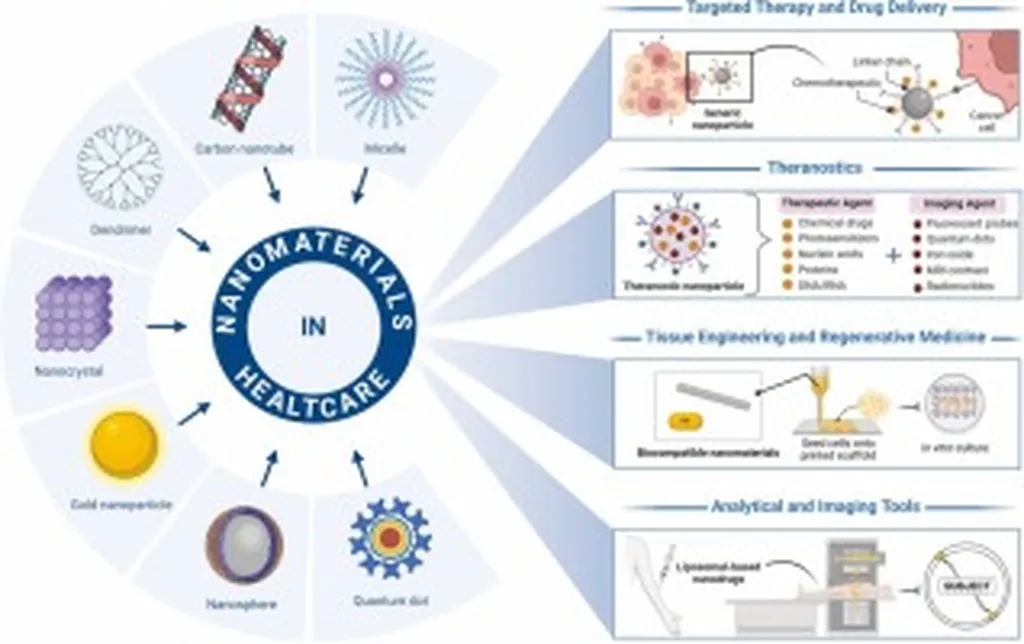In the ever-evolving landscape of medical science, a groundbreaking study led by Tingli Xiong from the Department of Pharmacy at Xiangya Hospital, Central South University, has introduced a novel approach to treating cerebral ischemia-reperfusion injury (CIRI). The research, published in the esteemed journal *Bioactive Materials* (which translates to *活性材料* in Chinese), presents a biomimetic dynamic nanomedicine named SrHCF, which promises a quadruple treatment strategy for CIRI.
CIRI is a condition that occurs when blood flow to the brain is restored after a period of ischemia, often leading to further damage. Traditional treatments have often fallen short of addressing the complex interplay of factors involved in CIRI. Enter SrHCF, a nanomedicine that leverages the unique properties of iron (Fe2+) to achieve a synergistic effect.
“Our study focuses on the self-reconstruction of the lattice structure of SrHCF in response to Fe2+,” explains Xiong. “This dynamic process enables a quadruple treatment approach: ferrous chelation, antioxidation, calcium antagonism, and inflammation inhibition.”
The implications of this research are profound, particularly for the energy sector. CIRI is not just a medical condition; it’s a significant economic burden. The development of effective treatments can lead to reduced healthcare costs, increased productivity, and improved quality of life for patients. Moreover, the underlying technology of SrHCF could inspire innovations in other fields, such as energy storage and environmental remediation, where similar principles of dynamic response and synergistic effects could be applied.
The study’s findings open up new avenues for research and development in the medical and energy sectors. As Xiong puts it, “This is just the beginning. The potential applications of this technology are vast and varied.”
In the quest for more effective treatments for CIRI, SrHCF represents a significant step forward. Its unique approach to addressing the complex factors involved in CIRI offers hope for improved patient outcomes and reduced economic burden. As the research community continues to explore the potential of this innovative nanomedicine, the future of CIRI treatment looks increasingly bright.

